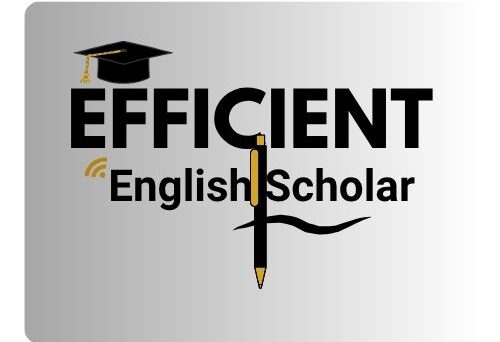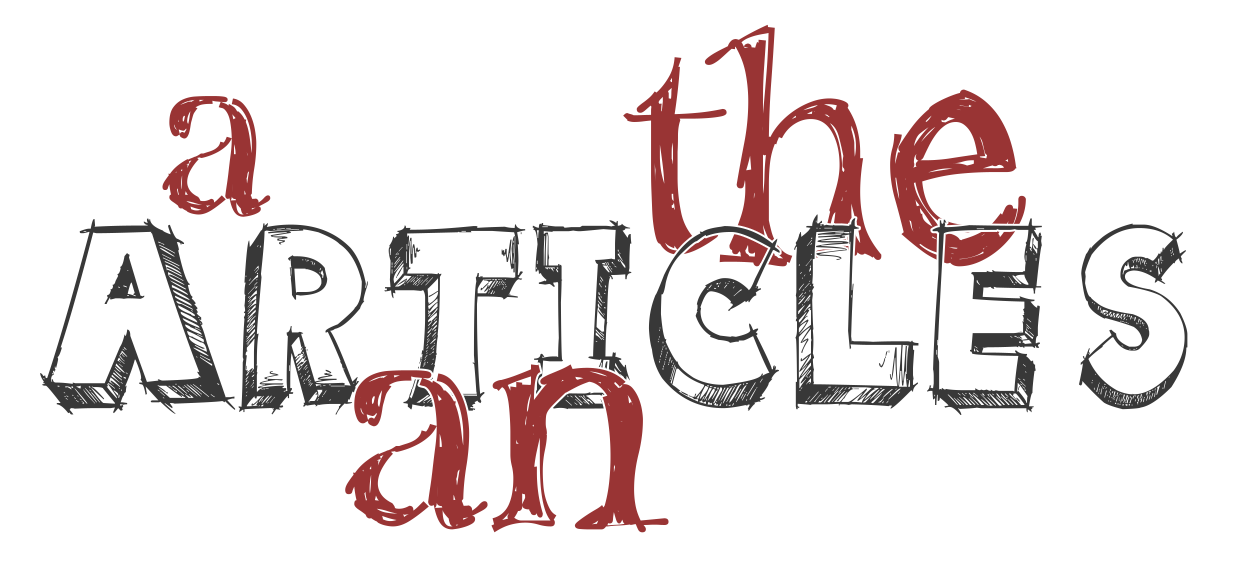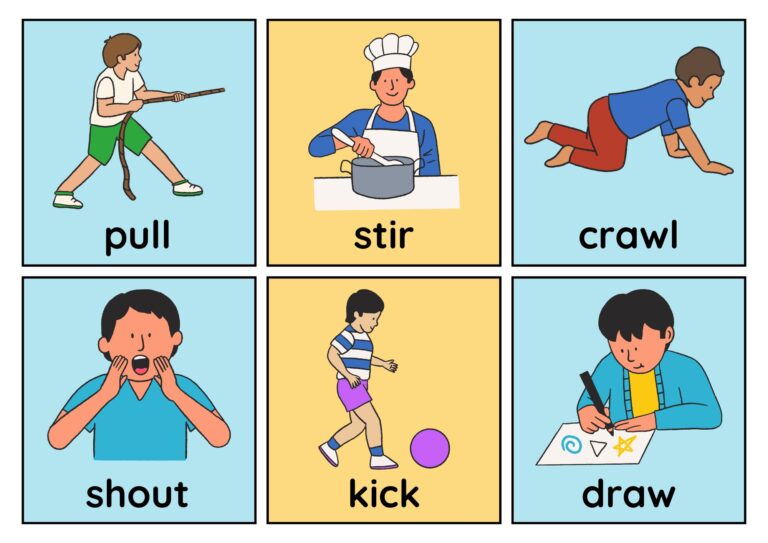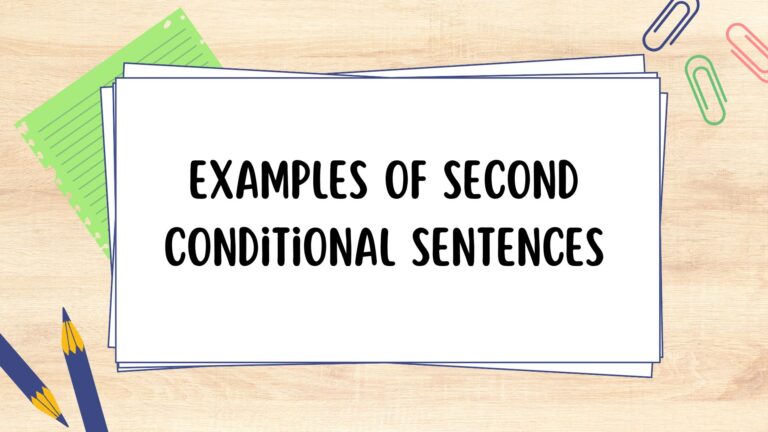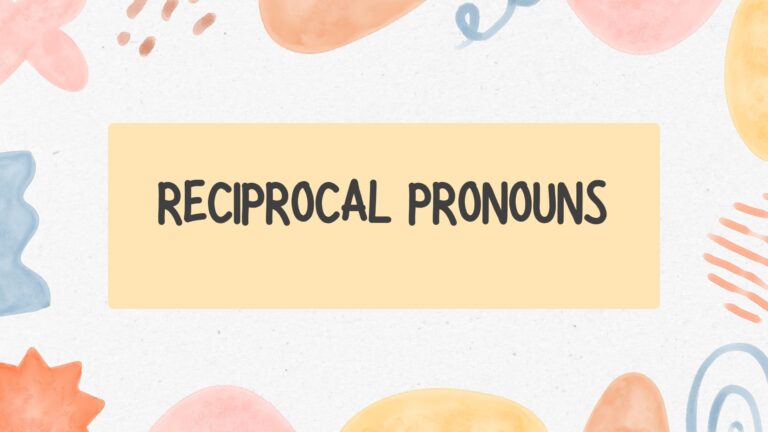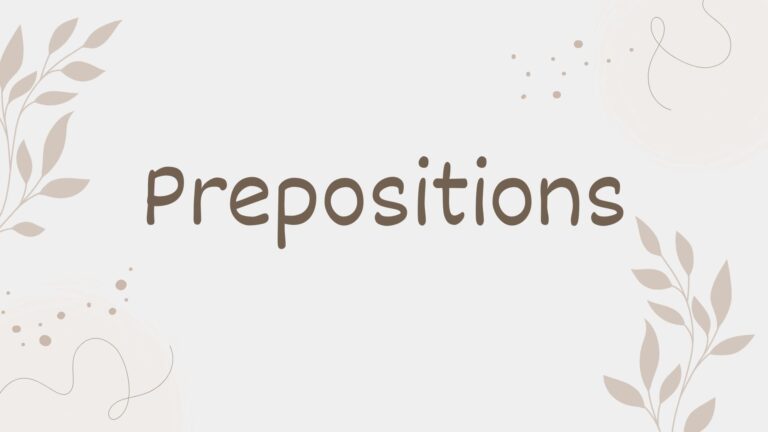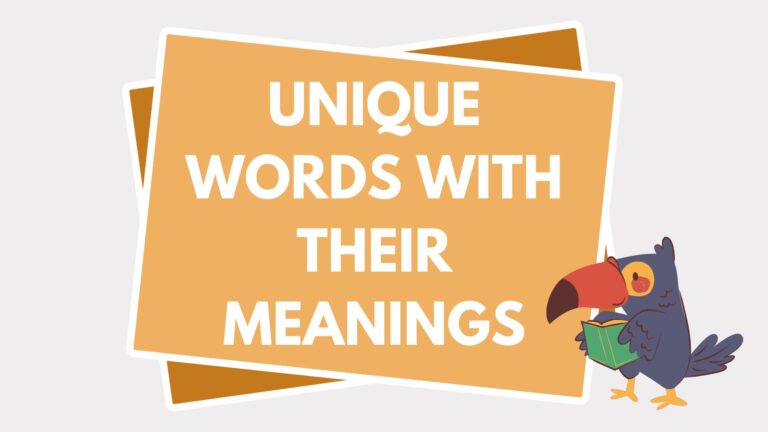Articles
In English, the articles “a,” “an,” and “the” may seem minor, but their correct usage is influential for conveying precise meaning. Understanding the importance of these small words and the rules governing them can elevate your communication skills. Here the essential guidelines for using articles effectively and helping you to avoid common pitfalls will be provided to you.
Introduction to Articles:
Articles are words that define a noun as specific or unspecific. In English, there are two types of articles: definite and indefinite. Articles are small but important words: “a,” “an,” and “the.” They help us understand whether we are talking about something specific or general.
Understanding Definite and Indefinite Articles
- Definite Article: “The”
“The” refers to a specific noun that the reader or listener knows about.
Examples:
- I saw the dog next door.
- She gave me the book you recommended.
- The sun is shining today.
Usage:
Use “the” when:
- The noun is unique (like the sun or the moon).
- The noun has been mentioned before.
- Both the speaker and listener know what is being discussed.
- Indefinite Articles: “A” and “An”
“A” and “an” refer to general or unspecified nouns. They are used when introducing something for the first time.
“A” is used before words that start with a consonant sound: a cat, a book, a university (note: “university” starts with a “y” sound)
“An” is used before words that start with a vowel sound: an apple, an hour, an honest man (note: “hour” starts with a silent “h”)
Examples:
- She wants to buy a car.
- He saw an owl in the tree.
- I need a pen.
Quick Summary
| Articles | Type | Used With | Example |
| a | Indefinite | Consonant sounds | She found a coin. |
| an | Indefinite | Vowel sounds | He ate an orange. |
| the | Definite | Specific nouns | I closed the window. |
Common Mistakes with Articles
Using articles (a, an, the) correctly is often challenging, especially for non-native English speakers. Here are common mistakes with articles and how to avoid them:
Omitting Articles:
Mistake: She is teacher.
Correction: She is a teacher.
Explanation: Indefinite articles (“a” or “an”) are used before singular countable nouns when introducing them for the first time.
Using Articles with Uncountable Nouns:
Mistake: He gave me an advice.
Correction: He gave me some advice. or He gave me a piece of advice.
Explanation: “Advice” is uncountable and doesn’t take “a” or “an.” Use quantifiers like “some” or phrases like “a piece of.”
Wrong Use of “The” with General Nouns:
Mistake: The dogs are friendly animals. (When speaking generally about all dogs)
Correction: Dogs are friendly animals.
Explanation: Use no article when speaking about things in general (plural or uncountable nouns).
Incorrect Use of “A” vs. “An”:
Mistake: He is an university student.
Correction: He is a university student.
Explanation: Use “a” before words that begin with a consonant sound, and “an” before vowel sounds. “University” starts with a “yoo” sound, which is a consonant sound.
Overusing “The”:
Mistake: I go to the work every day.
Correction: I go to work every day.
Explanation: Some places (e.g., “school,” “work,” “church”) don’t need “the” when you refer to their general purpose.
Not Using “The” When Needed:
Mistake: He lives near bank.
Correction: He lives near the bank.
Explanation: Use “the” when referring to a specific, known thing or place.
Using “The” with Proper Nouns:
Mistake: The Mount Everest is the highest mountain.
Correction: Mount Everest is the highest mountain.
Explanation: Most proper nouns (names of people, places, countries, etc.) do not take “the” unless they are plural (e.g., “the Netherlands”) or contain words like “kingdom,” “republic,” etc.
Tips for Mastering Article English:
Using articles correctly in English can greatly improve your writing, making it clearer. A good tip is to pay attention to your nouns. When you use “a” or “an,” you are talking about one of many items, which helps your reader see the bigger picture. On the other hand, “the” refers to something specific that the reader already knows about.
Another helpful approach is to focus on context instead of strict rules. For instance, in technical writing, using “the” can highlight important processes or parts, while creative writing might allow for more flexibility. Trying out different ways to use articles can inspire creativity; you can leave them out or use them carefully to create rhythm and emphasis.
Mastering a, an, the in English requires understanding the difference between definite and indefinite. Practice is essential; reading and listening to native speakers can help reinforce correct usage. Remember that some nouns do not require an article at all, such as plural and uncountable nouns. Additionally, context plays a crucial role in article usage. Regular practice through writing and speaking will solidify your understanding of how to use articles effectively.
